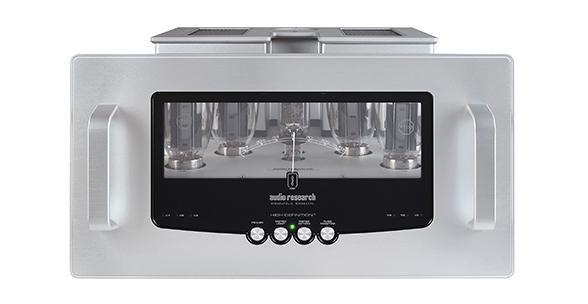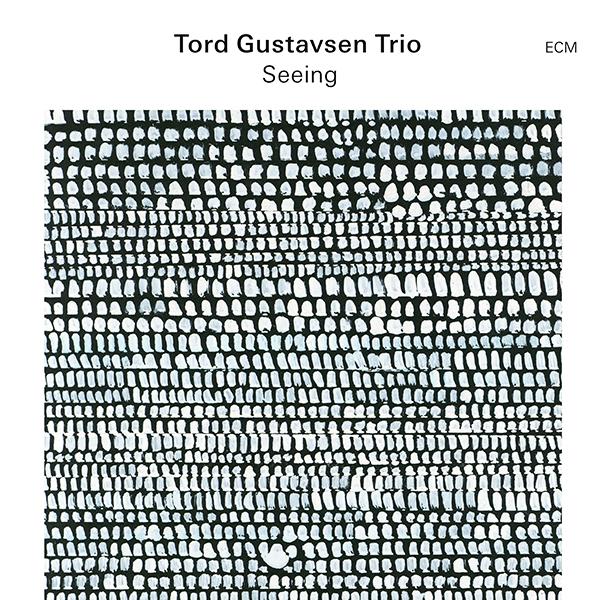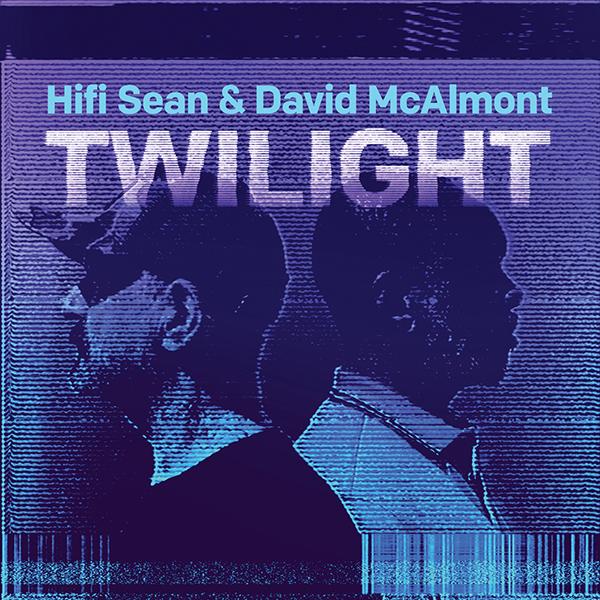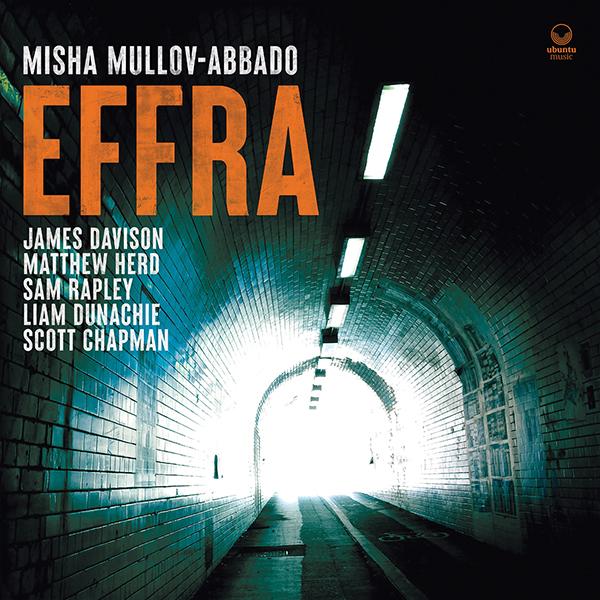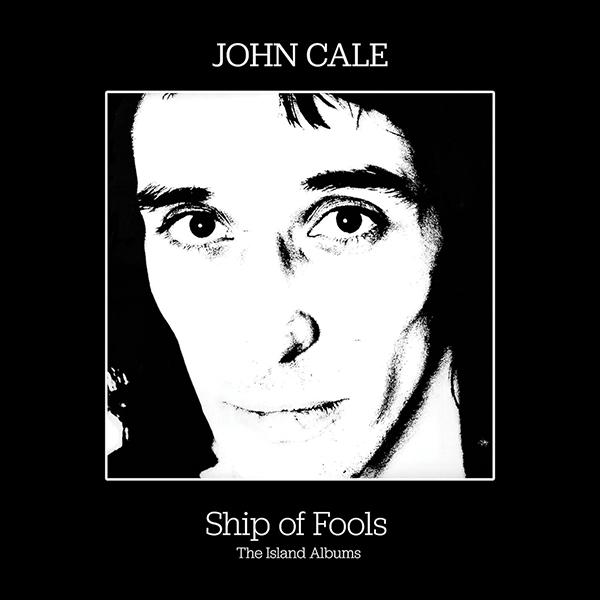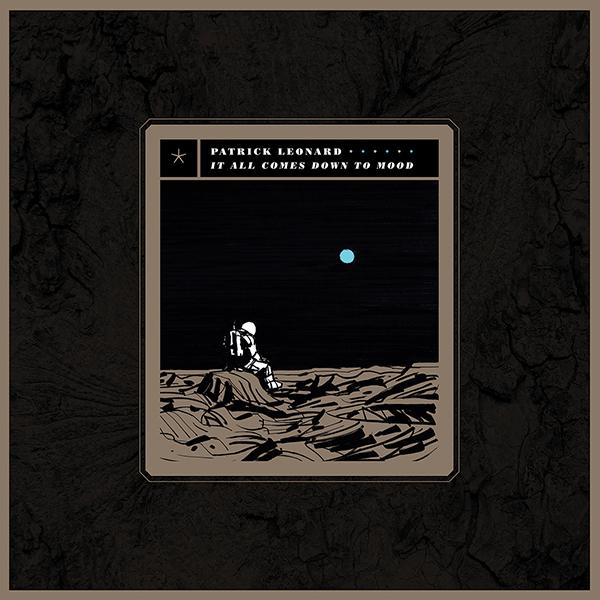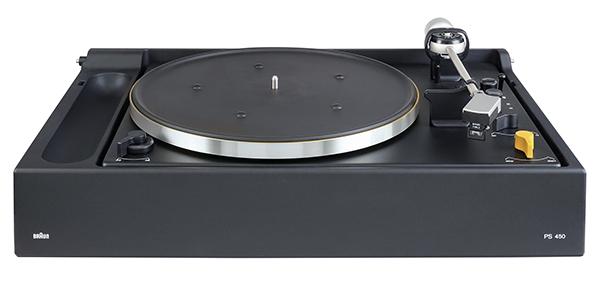LATEST ADDITIONS
|
May 02, 2025 |
First Published: Oct 01, 2024
|
May 02, 2025 |
First Published: Apr 01, 2025
|
May 02, 2025 |
First Published: Apr 01, 2025
|
May 02, 2025 |
First Published: Apr 01, 2025
|
May 02, 2025 |
First Published: Apr 01, 2025
|
May 02, 2025 |
First Published: Apr 01, 2025
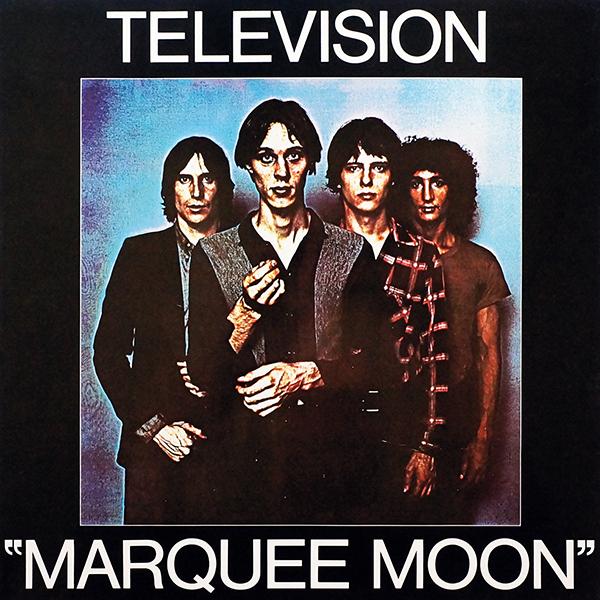
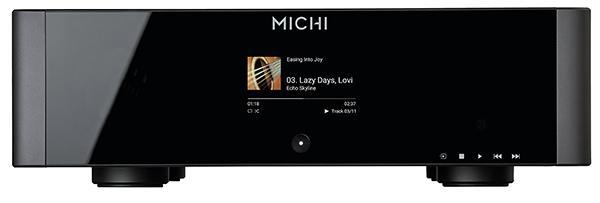
 Styled to match its amplifier siblings, the latest member of Rotel’s flagship Michi family combines a custom-made top-loading CD transport with USB input and DAC stage
Styled to match its amplifier siblings, the latest member of Rotel’s flagship Michi family combines a custom-made top-loading CD transport with USB input and DAC stage
